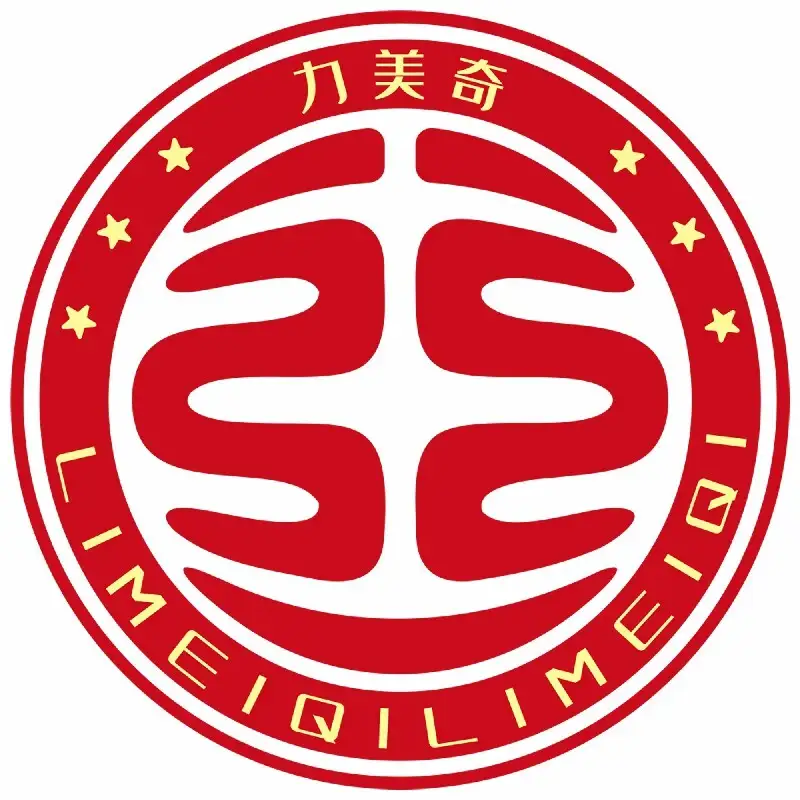Comfortable and Accessible Theme Park Equipment
In todays world, theme parks are not just destinations; they are magical realms that offer adventure, excitement, and a whole lot of fun. At the heart of these experiences lies the equipment the rides, attractions, and facilities that bring these worlds to life. However, what makes these experiences unforgettable is not just the thrill but the thoughtful design that ensures everyone can enjoy them. Comfort and accessibility have become critical aspects of theme park design, reshaping the way these magical realms are experienced.
The Evolving Landscape of Theme Park Equipment
Theme parks today are more than just amusement parks; they are destinations that cater to a diverse audience. From families with young children to visitors with diverse abilities, the equipment must be designed thoughtfully to ensure everyone can enjoy the experience. As advancements in theme park equipment continue to evolve, they significantly enhance visitor satisfaction, ensuring that no one is left out of the magic.
Understanding the Need for Accessible Theme Park Equipment
The push for inclusivity in theme parks is paramount. As society becomes more diverse, the demand for gear that caters to visitors with varying needs has grown. Accessible theme park equipment, such as wheelchair-accessible rides and sensory-friendly attractions, ensures that everyone can partake in the joy and excitement. This inclusivity not only broadens the visitor base but also creates a welcoming environment for families and groups with diverse needs.
Innovative Designs for Comfortable Theme Park Equipment
Comfort is now a top priority in the design of modern theme park equipment. Ergonomic innovations that cater to a wide range of body types are becoming standard. For instance, adaptive seating that fits various users and restraints that offer security without causing discomfort are being embraced. Additionally, technology is playing a vital role in creating user-friendly equipment. Smart systems that can adjust settings to individual preferences and interactive displays that enhance engagement are becoming more common.
Example:
Disneys Magic Works offers adaptive seating and adjustable restraints, ensuring that visitors with different needs can enjoy the experience without compromises. Similarly, Universal Studios has introduced sensory-friendly zones, which provide a calmer environment for guests with sensory sensitivities.
Safety and Accessibility: A Comparative Analysis
Safety in theme parks is not just about preventing accidents; its about making the experience enjoyable and safe for all visitors. Modern equipment often includes adjustable safety bars, ramps, and transfer systems that facilitate easy access for all guests. By adhering to and exceeding current accessibility standards, theme parks ensure that safety and comfort are seamlessly integrated, delivering an experience that is both thrilling and secure.
Case Study:
Hershey's Outbreak Adventure features a wheelchair-accessible car with adjustable restraints and transfer systems that allow visitors of all abilities to enjoy the ride. This design ensures that safety and comfort go hand in hand, providing a secure and enjoyable experience for every visitor.
Challenges in Developing Comfortable and Accessible Equipment
The journey to developing such equipment is not without its hurdles. Manufacturers often face technical challenges in integrating advanced features while maintaining safety and reliability. Financial constraints can also pose a barrier, as the cost of innovation can be significant. However, companies are employing creative solutions, such as using sustainable materials and modular designs, to balance cost with quality and functionality.
Challenges:
For instance, SeaWorld has developed a modular design for its chairlift systems that can be adjusted to meet the needs of different visitors. This approach not only ensures safety but also reduces costs and increases accessibility. Similarly, using sustainable materials like recycled plastic for ride components helps in reducing the environmental impact while maintaining quality and durability.
Future Trends in Theme Park Equipment Design
The future of theme park equipment design is promising, with several exciting trends on the horizon. We can expect the integration of virtual reality and augmented reality to offer increasingly immersive experiences that are both accessible and comfortable. Furthermore, the use of artificial intelligence and machine learning is likely to personalize experiences, adapting rides and attractions to individual visitor needs.
Trends:
Take for example the introduction of augmented reality maps and interactive displays at parks like Cedar Point, which provide real-time information and personalization to visitors. In addition, machine learning algorithms can adapt ride intensity based on individual feedback, ensuring a more enjoyable and personalized experience for each visitor.
The Path Forward for Theme Park Equipment
As theme parks continue to evolve, the focus on comfort and accessibility remains crucial. By embracing innovation and prioritizing inclusivity, parks can ensure that every visitor leaves with memories of joy and wonder. Ongoing efforts to improve equipment design will pave the way for more diverse and engaging experiences, ensuring that theme parks remain magical places where everyone can find excitement and adventure, regardless of their individual needs.
Summary:
In conclusion, the path forward in theme park equipment design is clear. By focusing on comfort, safety, and accessibility, theme parks can create magical realms that are truly inclusive and enjoyable for everyone. As technology continues to advance, we can expect even more innovative and accessible equipment that will transform the visitor experience. Join us as we explore the future of theme park equipment and the quest for a more inclusive and engaging visitor experience.



